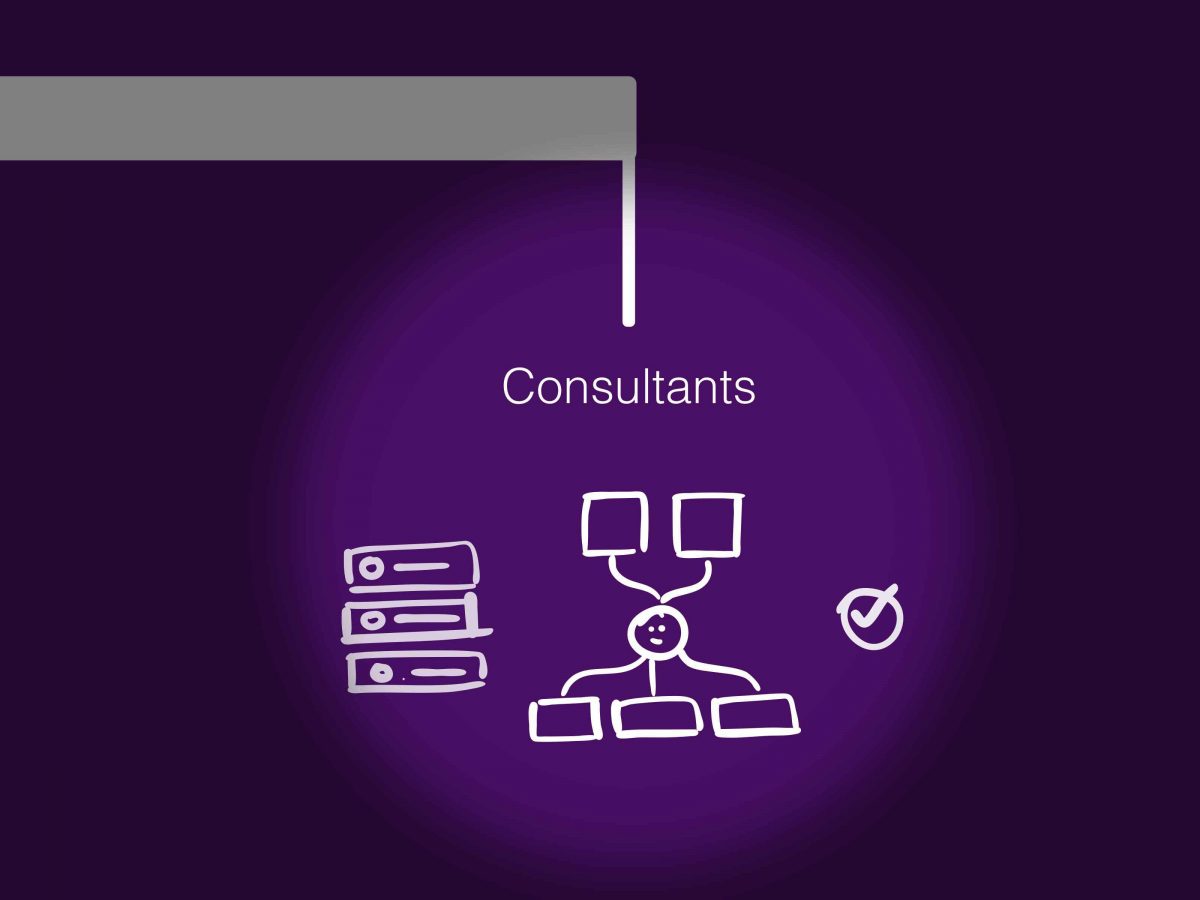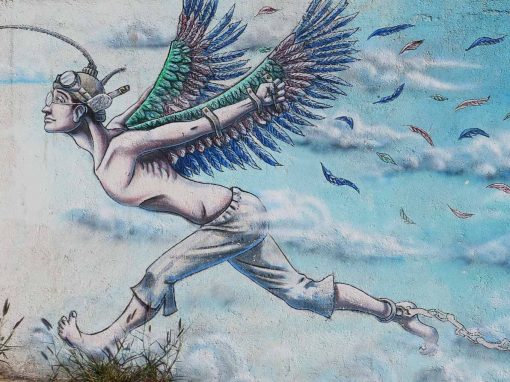“Artists are not consultants, consultants are not artists” — is that true?
Yesterday I’ve described the spectrum upon which practitioners are distributed.
The reason I’ve done that is because, as I mentioned, what you need can be catered by one category or another. More importantly, seeing the spectrum gets you one step closer to answering the question “Why do it in the first place? Why change a website?”.
Here’s what I’d have to add.
Business-oriented agencies won’t pick up on a project unless there is that specific reason. It’s not that they’re shmucks who think are the best and they deserve only what they think it’s best for them, rather it’s to save both of their and your mental health.
To put it simply, a consultant will definitely turn you down if you’d be asking him for a new logo — and that makes sense. It’s not his within his qualification do to that and someone else can help you better than him. If he’s nice, he’ll refer you to someone else.
For the same reason, the business kind of agency won’t specifically accept (for the most part) projects who need to be done because “My aunt and uncle said my £5MM business has a very ugly website interface”.
These people won’t do their best unless there are some very trackable business metrics
Whereas the artists’ agency will be okay with “as beautiful as possible” and will probably show you a lot more versions of the outcome.
Here are some examples of what actual business reasons might be:
- “We want to capture a higher percentage of the value we provide to our users”
- “We’ve launched a physical product and now we want to draw a line between the software side of the company and the physical product one. However, it’s not two companies. We need something that’s inclusive and unique to both side— our customers are getting confused and we can see why”
- “Too many people are not converting after the 14-day trial version of our SaaS”
- “We want to make the user flow way more fluent so as to make it seamless for people to onboard”
The common thread here: measurable business results. I’m always asking people this: “How will we know we made it? How will we know when we got there?”
If the answer is not “I’ll know it when I’ll see it”, it means it’s going on a good path.
Here are some examples that might not specifically have a business purpose:
- “We’ve had this logo since 6 years ago, when we started, and it looks outdated“
Here’s where I want to add that depending on the direction of this discussion, it doesn’t necessarily mean that it’s going “wrong”. It doesn’t make any sense given that, “ugly” as it is, users are already used to this logo — it’ll take time for them to readjust to your new visual identity.
Oh, it looks outdated because there’s a huge discrepancy between your SaaS product’s constantly upgrading interface and the logo mark? That’s a bit deeper.
- “Our employees got tired of how we look as a company“
- “Our business cards are not catchy”
- “We need something fresh. (Upon asking why?) We just feel it.“
Measurable
The last thing I want to stress here is that the difference between people closer to the right end and those closer to the left end is a difference in who they are.
Closer to “art” end: they want to create as much as possible. They’re perfectly fine with delivering multiple options as they’re happy to keep on creating.
Closer to “business” end: they want to create something impactful. They’re perfectly fine with delivering for as long as needed (if they charge what they should, that is) as they’re happy to hit a measurable goal.
And by the way, these measurable goals don’t need to be perfectly mathematically quantifiable. You can measure a kid’s level of happiness by his smile but that’s by no means mathematically quantifiable.
You can measure how impactful the new back-end portal is by asking employees if they find it easier to navigate. Or see how much can they do their job better.
About Ch Daniel
I run Chagency_, an experiences design agency that specialises on helping tech CEOs reduce user churn. We believe experiences are not only the reason why users choose not to leave but also what generates word of mouth. We’re building a credo around this belief.
If I’ve brought you any kind of value, follow me and get in touch here: LinkedIn | Twitter | Email | Quora | YouTube (same content but in video)
I’ve also created an infinitely-valuable app for sneaker/fashion enthusiasts called Legit Check that impacted hundreds of thousands over millions of times – check it out at chdaniel.com/app
Please share this with someone and subscribe to our newsletter!— helps us keep pumping content?




